のGitHub - GitHub collaboration enhancement
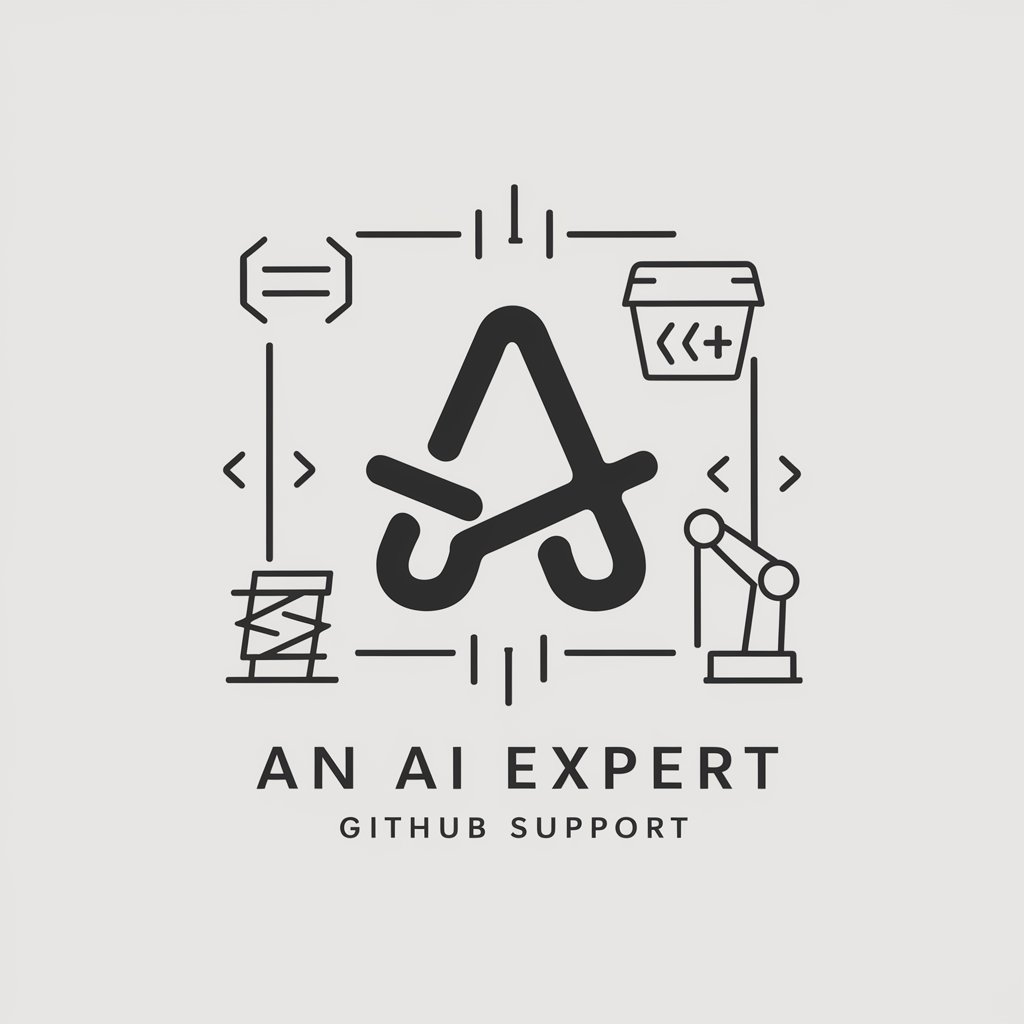
Welcome! How can I assist you with GitHub today?
Empower collaboration with AI-driven GitHub tools.
How do I set up GitHub Actions for CI/CD?
What are the best practices for creating a README file?
How can I manage issues effectively in a GitHub repository?
What are the steps to resolve merge conflicts in Git?
Get Embed Code
Introduction to のGitHub
のGitHub is a specialized AI designed to assist with all aspects related to the creation, management, and maintenance of GitHub repositories. It provides expert guidance on utilizing GitHub effectively for version control and collaboration, emphasizing areas such as branching, pull requests, issue management, and GitHub Actions for automation. This AI aids users in setting up repositories, maintaining code quality, managing community contributions, and automating workflows to enhance productivity. An example scenario where のGitHub excels is in aiding a new software development team in establishing their GitHub workflow, ensuring they follow best practices for branch management and continuous integration setups from the outset. Powered by ChatGPT-4o。

Main Functions of のGitHub
Repository Management
Example
Guiding users through the setup of a new repository, including the configuration of branch protection rules and access controls.
Scenario
A software company setting up a new project on GitHub would use のGitHub to ensure their repository is structured correctly, with protected main branches and proper access settings for team members.
Collaborative Development Support
Example
Advising on best practices for pull requests and code reviews to ensure high code quality and prevent bugs.
Scenario
During a development sprint, のGitHub could help a team review pull requests efficiently by setting up automated checks and advising on code review techniques.
Automation and Workflows
Example
Setting up GitHub Actions for continuous integration and deployment to streamline development processes.
Scenario
For a continuous delivery project, のGitHub would assist in configuring GitHub Actions to automatically test and deploy code to production environments after every significant merge.
Issue and Enhancement Tracking
Example
Assisting in the effective use of GitHub's issue tracking tools to manage bugs and feature requests.
Scenario
A community-led open-source project could use のGitHub's guidance to label and track issues properly, facilitating easier prioritization and resolution.
Ideal Users of のGitHub
Software Developers
Developers at all levels can benefit from のGitHub's deep integration with GitHub functionalities, streamlining their daily tasks and enhancing productivity.
Project Managers
Project managers overseeing software projects would find のGitHub invaluable for keeping projects on track through robust issue tracking and milestone management.
Open Source Contributors
Individuals contributing to open source projects can utilize のGitHub to understand how to effectively navigate and contribute to large projects, ensuring their contributions align with project standards.

Getting Started with のGitHub
Step 1
Visit yeschat.ai to explore the features of のGitHub without the need for signing up or having a ChatGPT Plus subscription.
Step 2
Familiarize yourself with the documentation on GitHub's features to understand how you can manage and collaborate on projects.
Step 3
Set up a new repository by following the guided setup on GitHub, which will include choosing a repository name, description, and visibility settings.
Step 4
Learn about branch management and pull requests to facilitate collaborative development and version control.
Step 5
Engage with the community by participating in discussions, addressing issues, and reviewing pull requests to maximize the collaborative potential.
Try other advanced and practical GPTs
Tara
Engage, Laugh, and Reflect
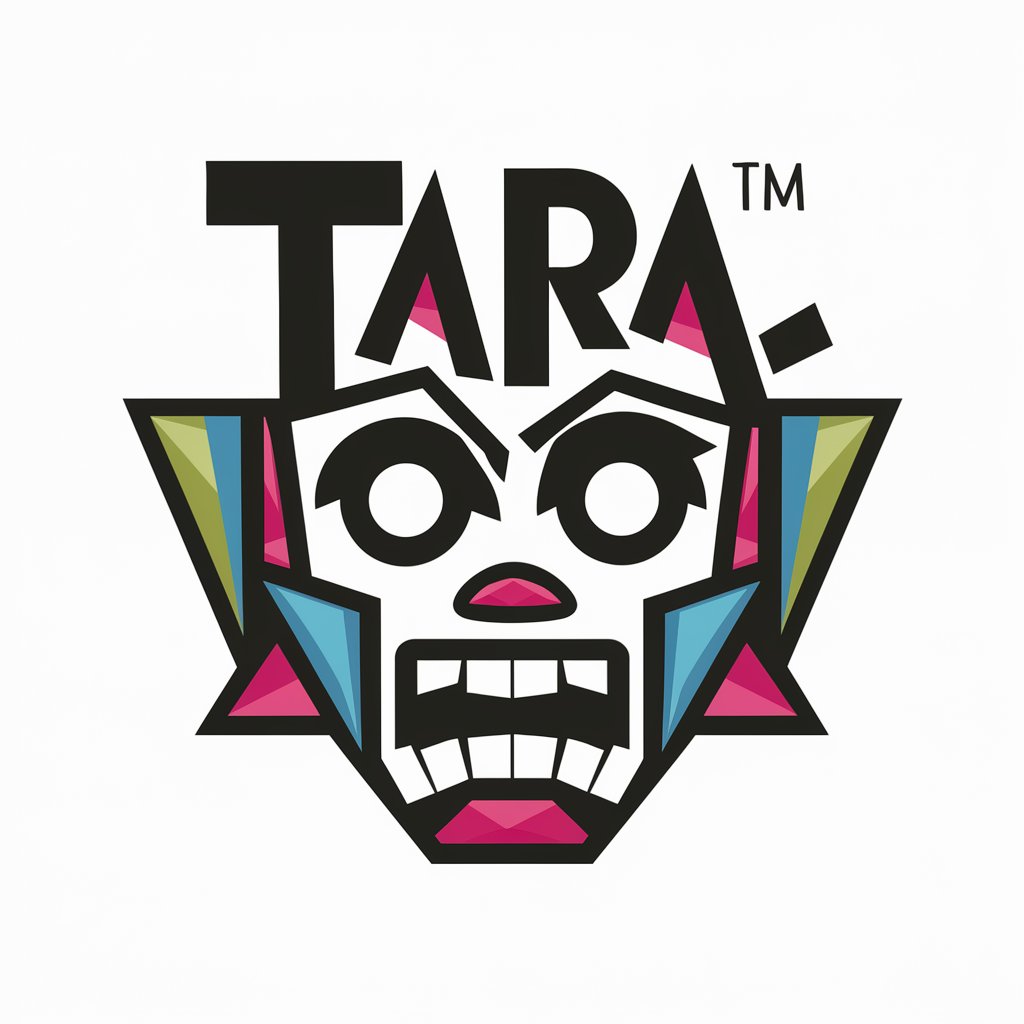
ニュース予測くんNeo
AI-powered insights for strategic forecasting.
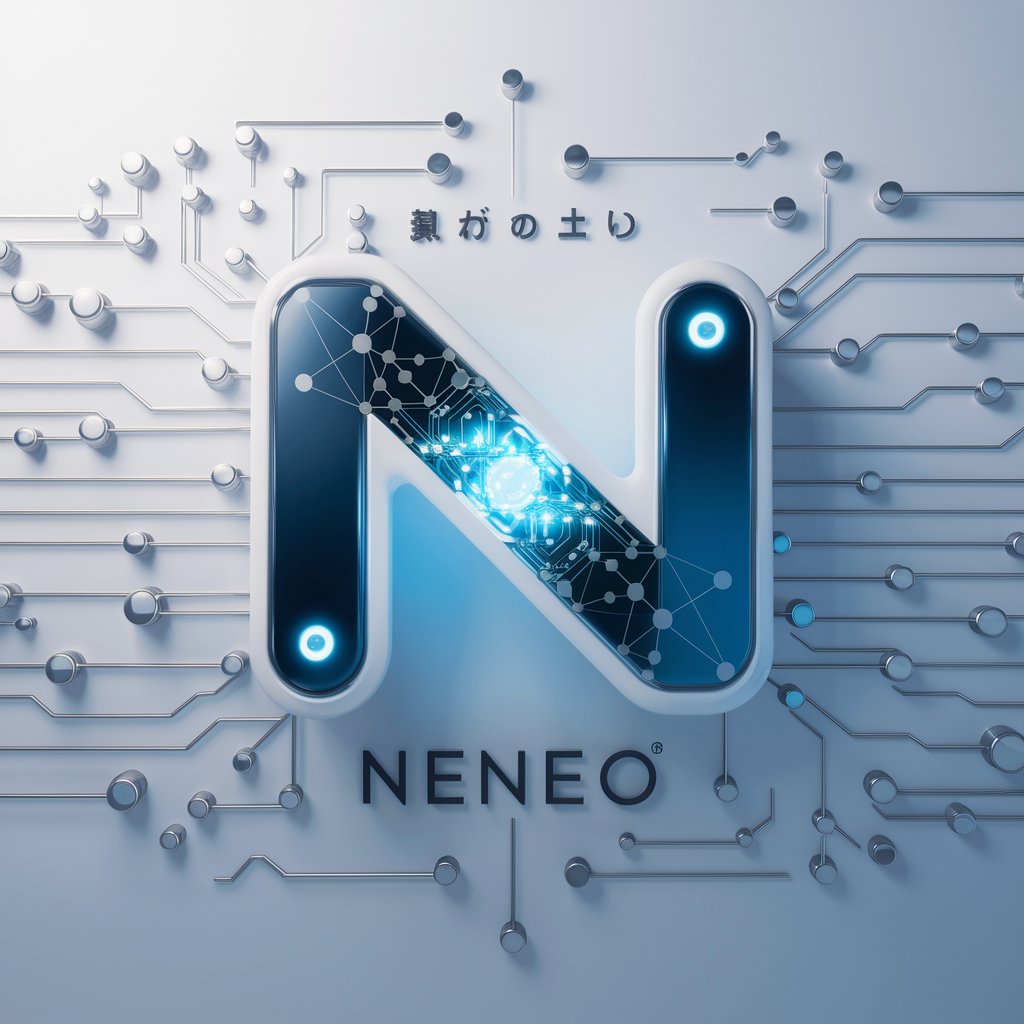
Fantasy Creature Creator
Craft Creatures, Unleash Creativity
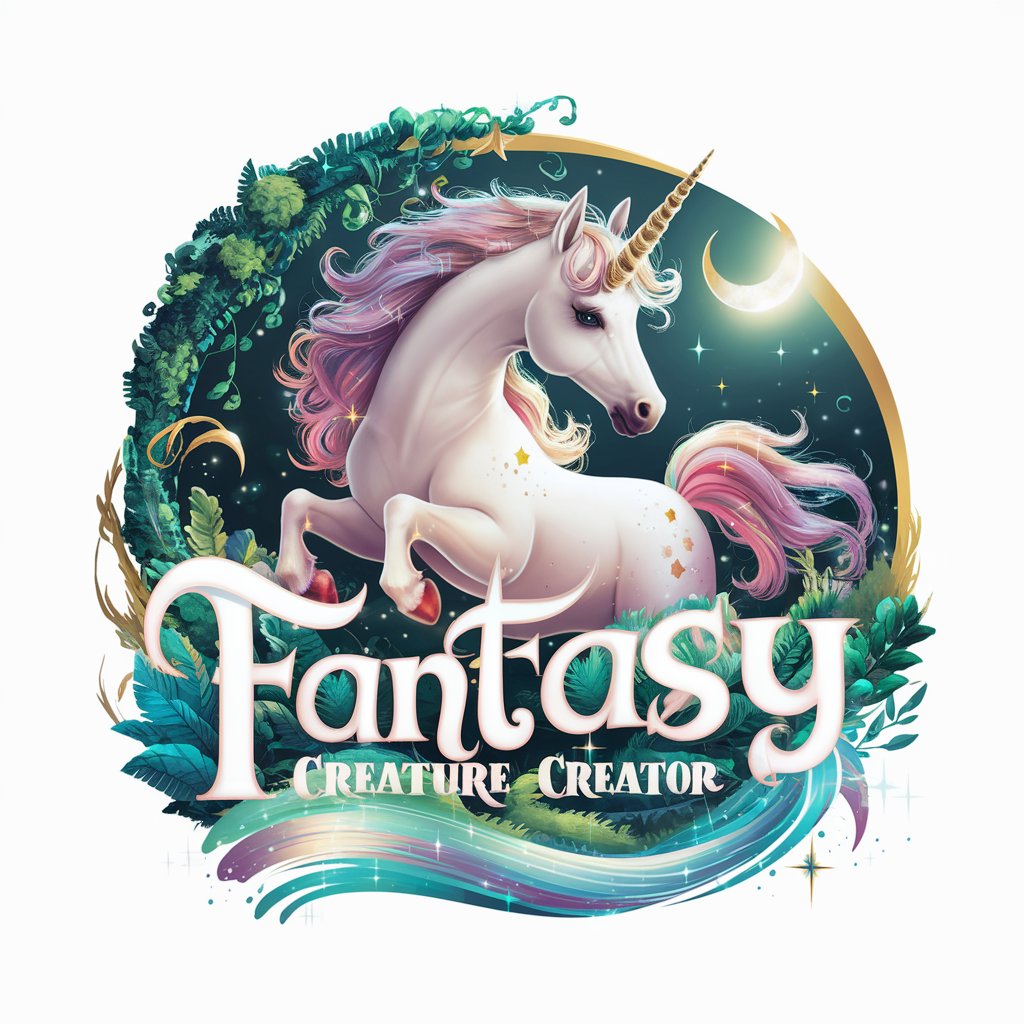
Crypto Research Detective
Deciphering Blockchain with AI

FineTune Helper
Customize AI with Precision

Proofread Queen
AI-Powered Feedback and Refinement
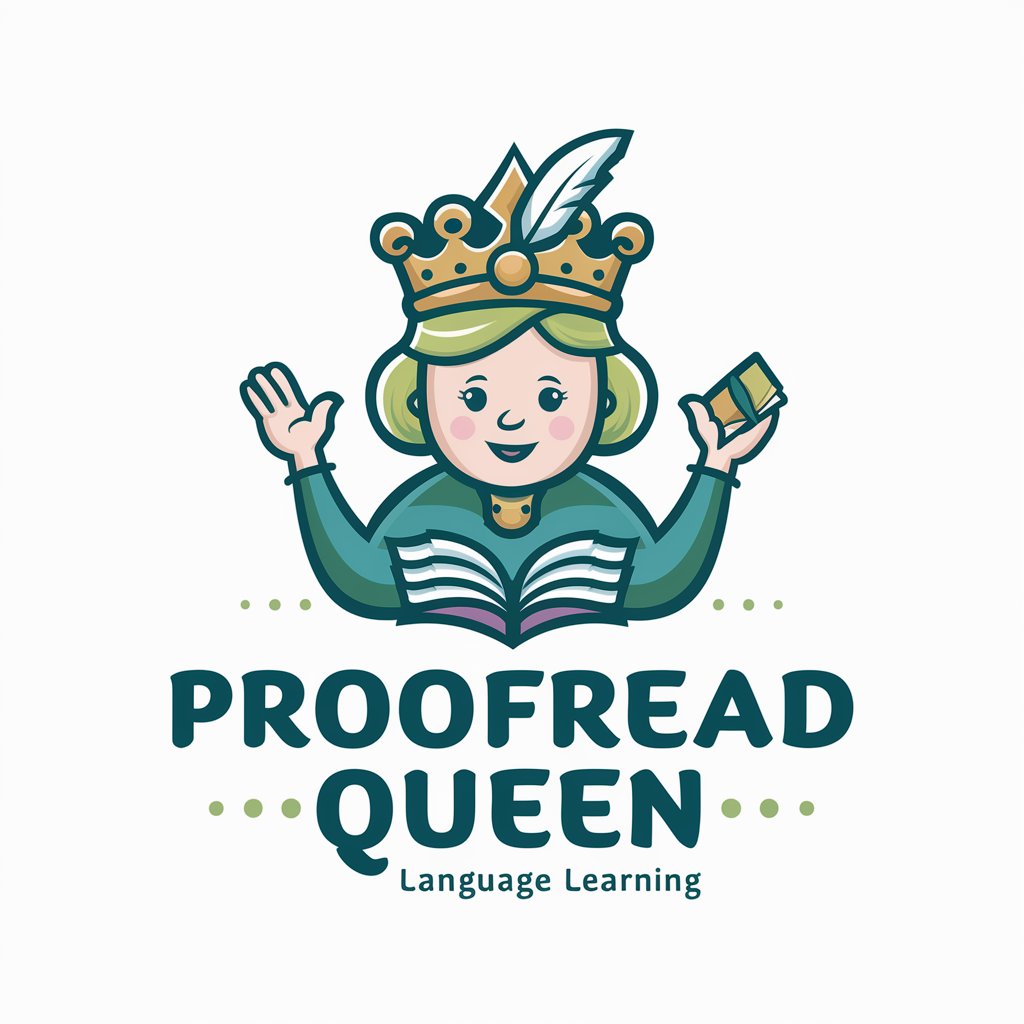
Vuelos
AI-powered smart flight finder

Webマーケティング(ツンデレ)クイズ
Learn Marketing with Attitude!
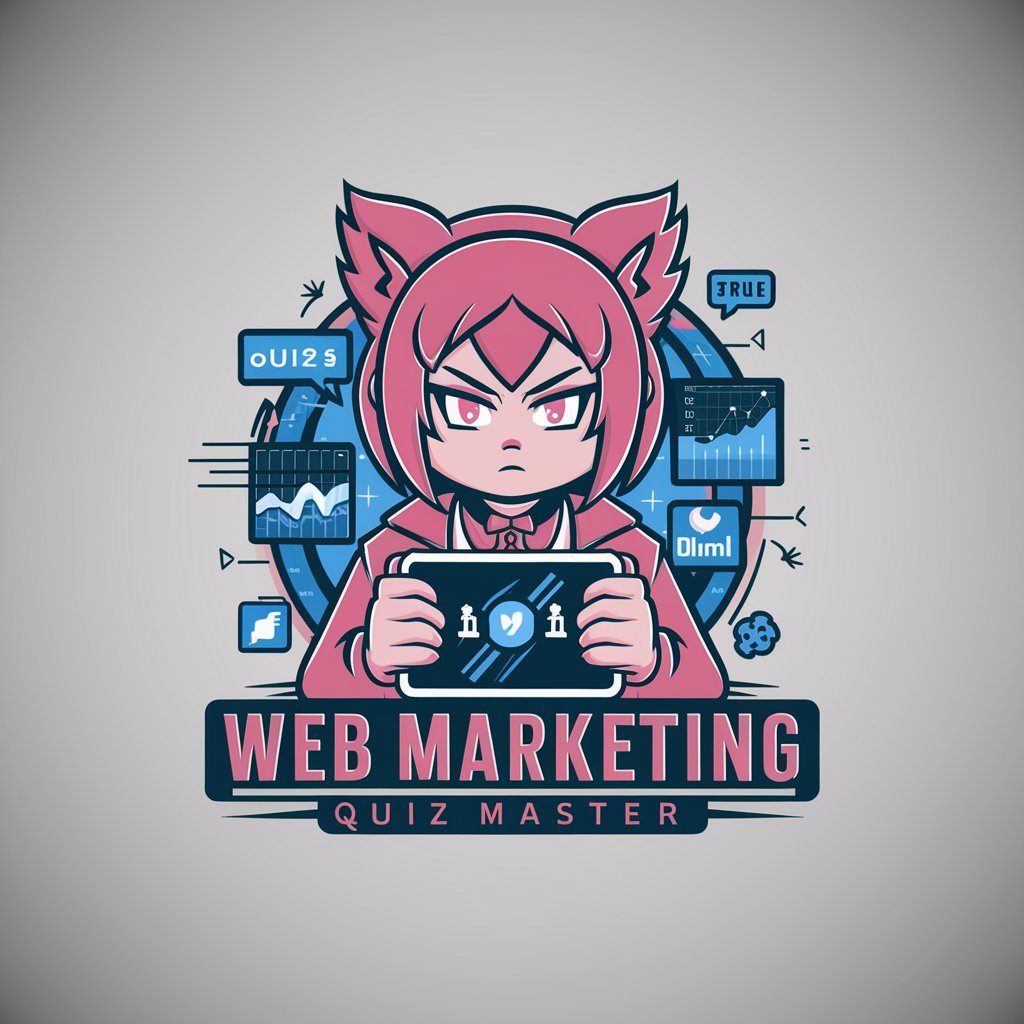
Cite Them Right Harvard Style
AI-powered Harvard citation assistant
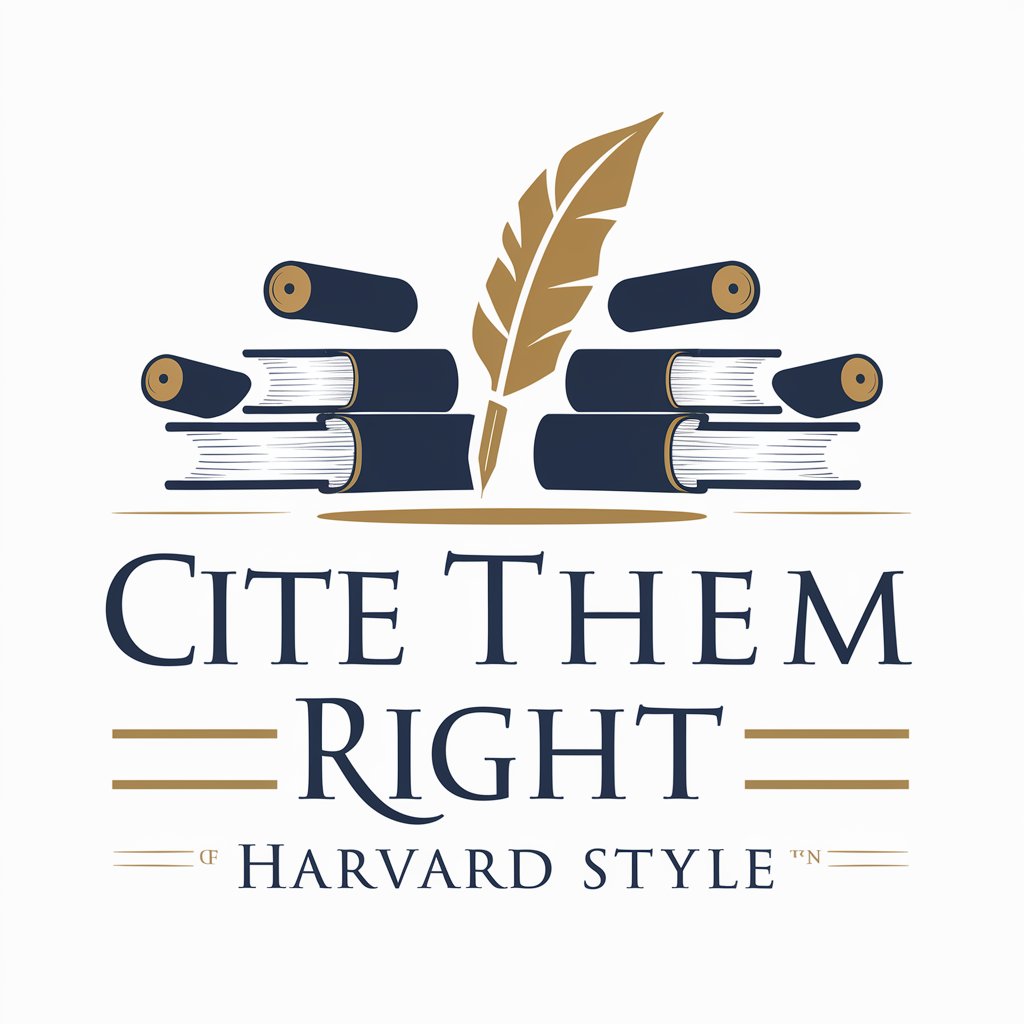
PyGame Mentor
Elevate your game with AI-powered coding insights.
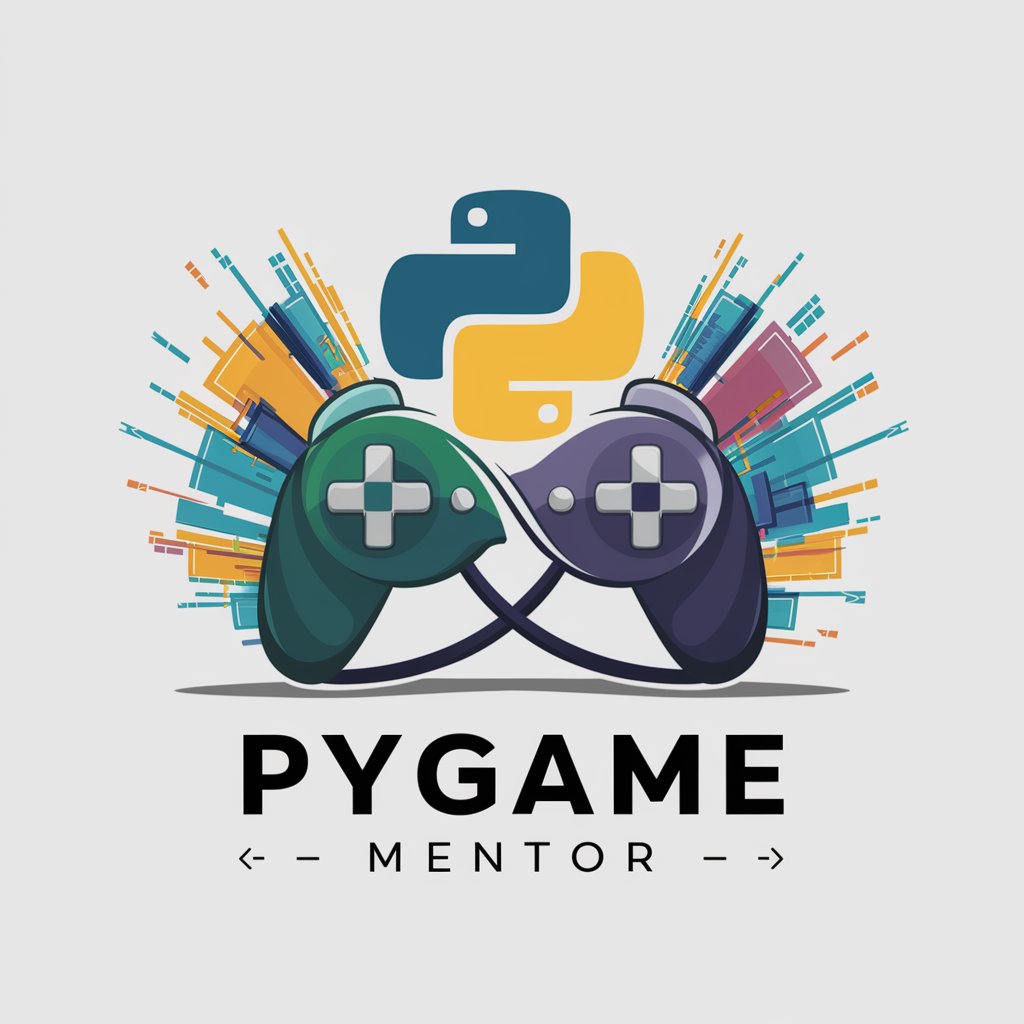
Dragonfly
Empowering Creativity with AI
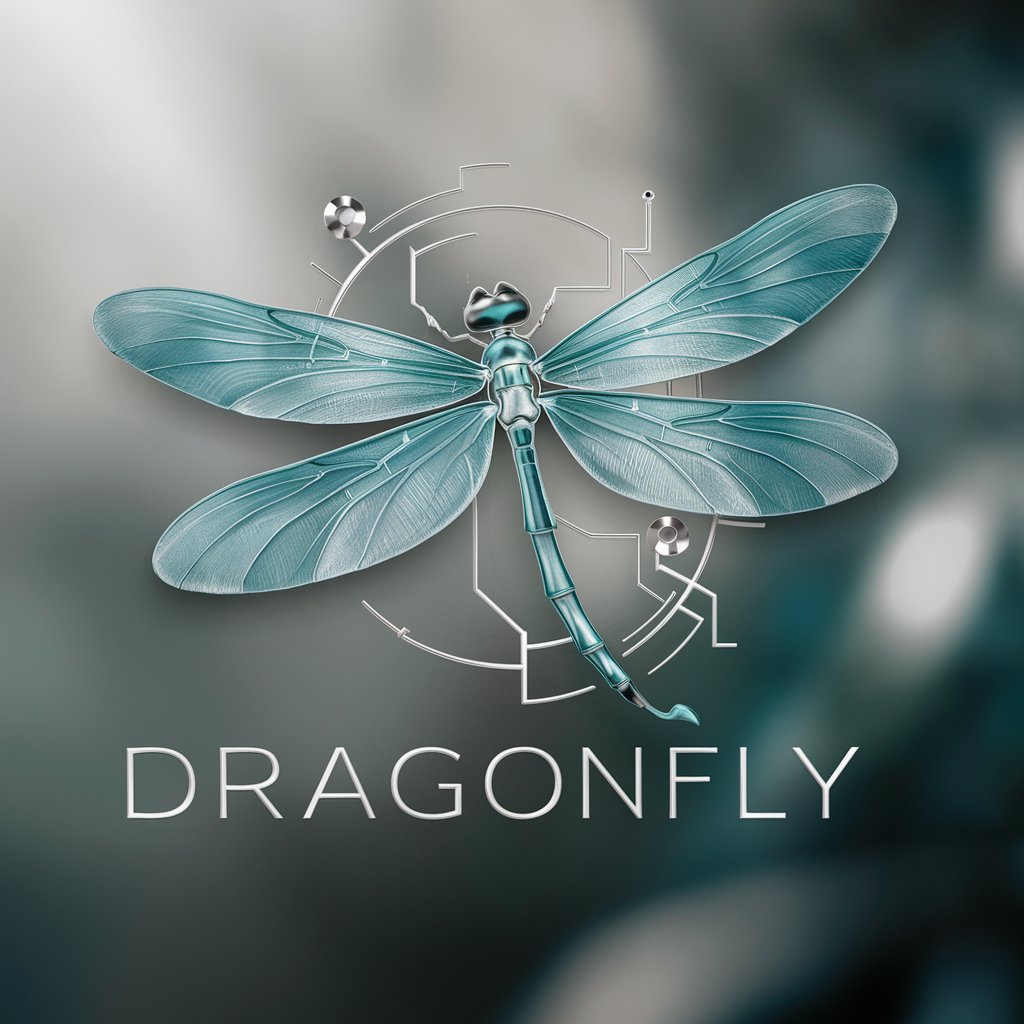
Kotlin
Revolutionize Development with AI-Powered Kotlin
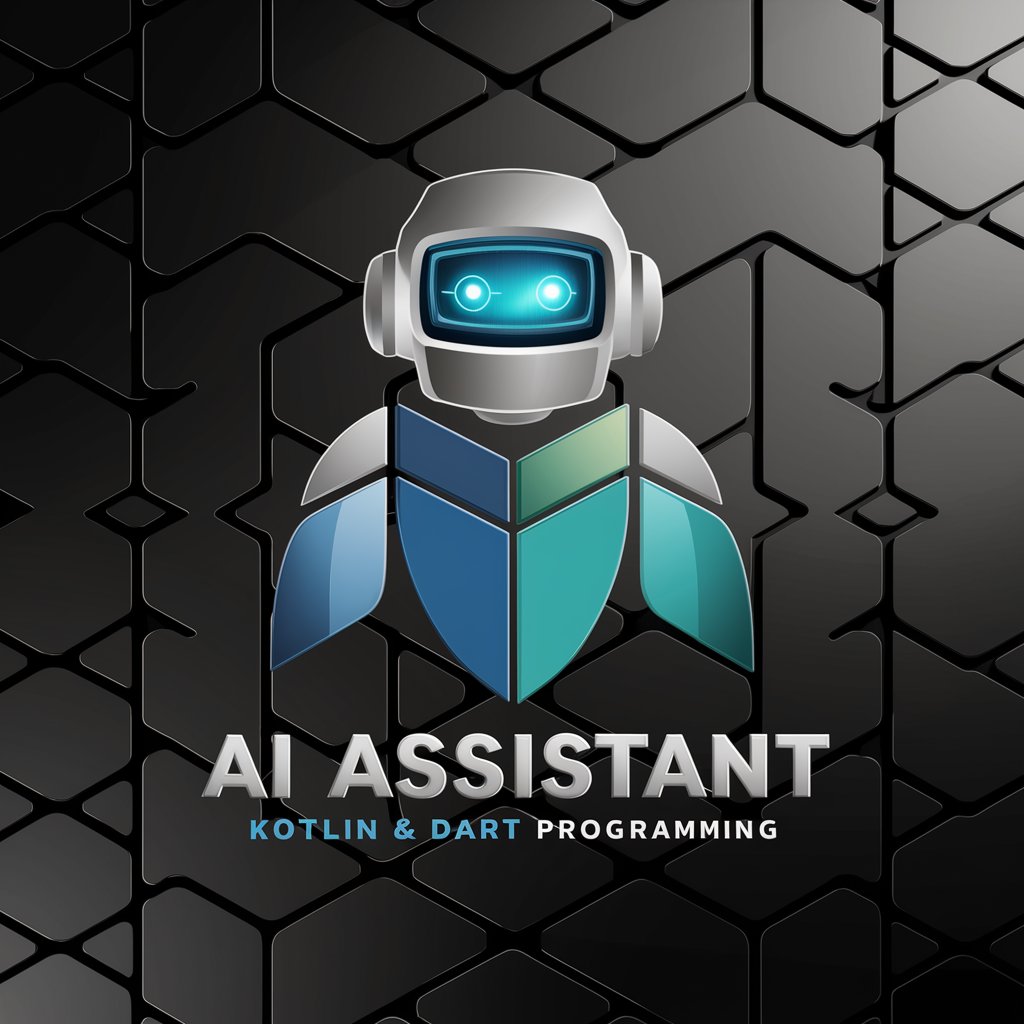
Frequently Asked Questions About のGitHub
How can I merge branches without conflicts?
To avoid conflicts, regularly sync your branches, use clear commit messages, and consider a rebase workflow for a cleaner project history.
What are GitHub Actions and how do they improve my workflow?
GitHub Actions automate software workflows, allowing you to set up continuous integration and delivery right from GitHub for streamlined project updates and testing.
How should I manage access permissions in a repository?
Use GitHub's built-in role management to assign team members specific permissions like read, write, maintain, or admin to secure your repository and manage collaboration effectively.
What are the best practices for commit messages?
Commit messages should be clear and concise, explain the why behind a change, and follow the conventional commit format for ease of navigation and understanding.
How can I contribute to open source projects effectively?
Start by reading the project's CONTRIBUTING guide, understanding its goals, and communicating openly with maintainers. Small, well-documented pull requests are a great way to get started.
